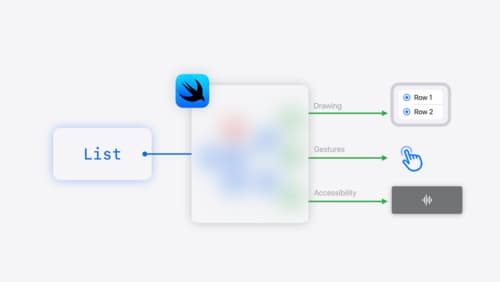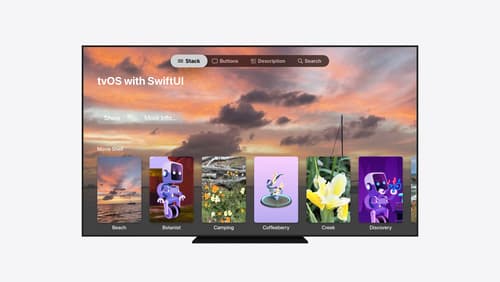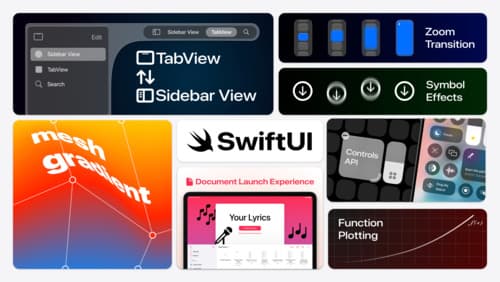Binding in swiftui
Asked on 2024-07-30
1 search
Bindings in SwiftUI are a powerful feature that allow for two-way data flow between views. They create a reference to a state property in another view, enabling changes in one view to be reflected in another. Here are some key points about bindings in SwiftUI:
-
Two-Way Reference: A binding creates a two-way reference to the state of another view. This means that when the state changes in one view, the other view that has a binding to this state will also reflect this change.
-
Usage Example: In the session SwiftUI essentials, a
ratingViewis updated to take a binding as an input. This allows the container view to provide a single source of truth for the rating value, which is then shared with both thegaugeand theratingView. This ensures that all views update in sync when the rating changes. -
State Management: SwiftUI provides several tools for state management, including
@Stateand@Binding.@Stateis used to create a new internal source of data for a view, while@Bindingis used to create a reference to this state from another view. -
Example in Action: In the same session, a view is described that allows users to rate their pet's tricks. The rating is managed using state, and the value is displayed and updated through buttons. When the state changes, SwiftUI automatically updates the UI to reflect the new value.
For more detailed information, you can refer to the session SwiftUI essentials.

SwiftUI essentials
Join us on a tour of SwiftUI, Apple’s declarative user interface framework. Learn essential concepts for building apps in SwiftUI, like views, state variables, and layout. Discover the breadth of APIs for building fully featured experiences and crafting unique custom components. Whether you’re brand new to SwiftUI or an experienced developer, you’ll learn how to take advantage of what SwiftUI has to offer when building great apps.

Migrate your TVML app to SwiftUI
SwiftUI helps you build great apps on all Apple platforms and is the preferred toolkit for bringing your content into the living room with tvOS 18. Learn how to use SwiftUI to create familiar layouts and controls from TVMLKit, and get tips and best practices.

What’s new in SwiftUI
Learn how you can use SwiftUI to build great apps for any Apple platform. Explore a fresh new look and feel for tabs and documents on iPadOS. Improve your window management with new windowing APIs, and gain more control over immersive spaces and volumes in your visionOS apps. We’ll also take you through other exciting refinements that help you make expressive charts, customize and layout text, and so much more.
